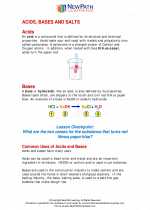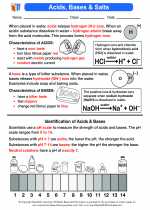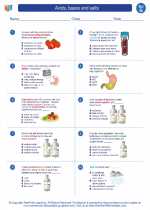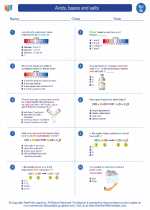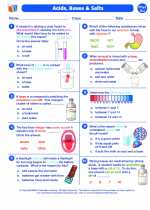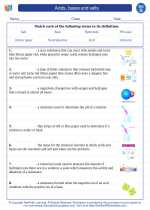Planet
A planet is a celestial body that orbits a star, is spherical in shape due to its own gravity, and has cleared its orbital path of other debris. In our solar system, there are eight recognized planets: Mercury, Venus, Earth, Mars, Jupiter, Saturn, Uranus, and Neptune. These planets vary in size, composition, and other characteristics.
Characteristics of Planets
- Orbit: Planets orbit a star, such as our Sun, following an elliptical path.
- Spherical Shape: Planets are nearly spherical in shape due to the force of gravity pulling their mass inward.
- Cleared Orbit: Planets have cleared their orbital path of other debris, meaning they have become gravitationally dominant in their orbital zone.
- Size and Composition: Planets vary in size and composition. Some are rocky, like Earth, while others are gas giants, like Jupiter and Saturn.
- Rotation: Planets rotate on their axes, causing day and night cycles.
- Atmosphere: Many planets have atmospheres, which can vary in density and composition.
Study Guide for Planets
- What is the definition of a planet?
- How many recognized planets are there in our solar system?
- What are the names of the eight recognized planets in our solar system?
- What are the key characteristics of planets?
- How do planets differ in terms of size and composition?
- What role does gravity play in shaping a planet's spherical form?
- Why is it important for a planet to have cleared its orbital path?
